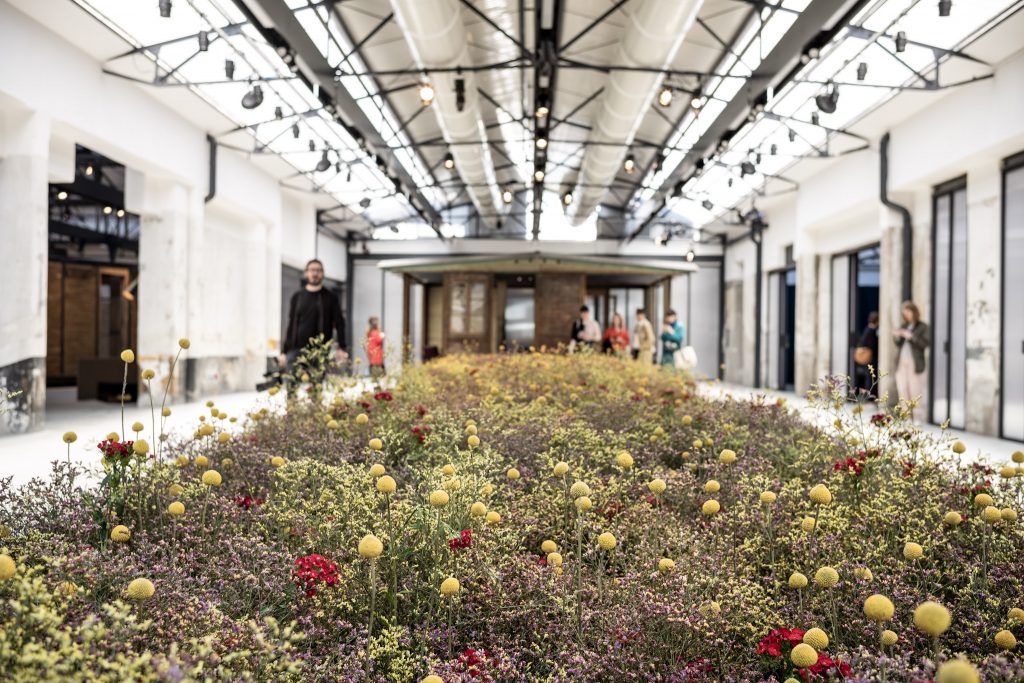Dancer, a Gantri-Developed 3D Printer With Unmatched Efficiency
This printer will be the first-ever version intended to produce consumer goods at scale

Founded by Ian Yang, light-producer Gantri is a hotbed for innovation. They’re well-known for 3D-printing their products using sustainable materials—corn-derived bioplastics included—and offer designers the opportunity to submit original designs, producers insight into how to self-manage most of their supply chain, and material engineers plenty of competition. They’ve done all of this on outsourced printers, but they company is now spearheading a project to bring their own 3D printer to life. Today, they announce its arrival: Dancer, “the world’s first commercial multi-gantry cylindrical 3D printer.” (In this instance, a gantry is the supportive frame structure for the printer.)

“Gantri’s mission is to empower designers to create by using advanced technologies,” Gantri CTO Christianna Taylor tells us. “Our goal is to push for the adoption of digital manufacturing as a viable alternative to today’s industrial manufacturing system in producing high-quality, consumer-grade products. Dancer is the first 3D printer in the world specifically designed to manufacture consumer-grade products at the quality and speed that Gantri requires.”

Typically, production of a Gantri order took four weeks—with an added week or so (based on destination) for delivery. With Dancer, the production window is just two weeks. By employing four gantries rather than three, a cylindrical shape and a rotating build plate, this printer can outperform others by working quicker and efficiently—and with less margin of error.

The brand will slowly replace their current fleet of 3D printers with Dancers (the new machine is 60% 3D printed, too) and once the factory is comprised solely of Dancer printers, online orders will go directly to the wireless machines, as they require no additional assistance from a monitor or user.
“Dancer is an amazing innovation. It combines advanced hardware, software and industrial engineering to make FDM 3D printing drastically more efficient,” Taylor says. “In addition, we are investing in advanced robotics and AI to further improve our manufacturing platform from start to finish. This will allow us to diversify materials and categories for our designers and customers.”
Images courtesy of Gantri












